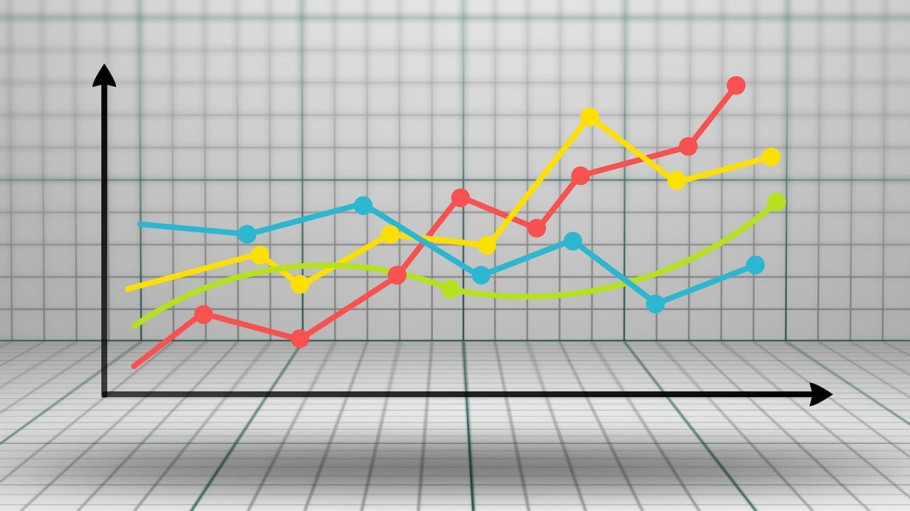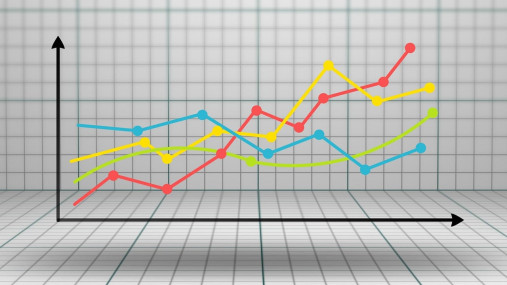
Press releases » Outlook deteriorates for 2023 as uncertainty persists, but stronger recovery expected in 2024
Outlook deteriorates for 2023 as uncertainty persists, but stronger recovery expected in 2024
Downloads and links
Recent updates

Brussels, 26 July 2023 – The lingering impact of several downside factors severely affecting apparent steel consumption in 2022 – high energy prices, production costs, war in Ukraine - continues to feed uncertainty and pressure the steel market outlook for 2023, resulting in a deeper-than-expected recession (-3%). This would mark the fourth negative performance in the past five years. A stronger recovery is projected in 2024 (+6.2%), contingent on more favourable conditions in the overall industrial outlook. Despite persisting overall weak demand, imports still maintain historically high demand market shares (22%).
“The European steel industry has been navigating through numerous challenges for a long time now, from the pandemic to the energy crisis and other ongoing disruptive factors. At the same time, the EU is at a critical juncture to achieve its decarbonisation, circularity and strategic autonomy targets, for which steel is a key enabler. Supporting European green steel becomes therefore crucial to drive the uptake of renewables, hydrogen and the cleantech economy in the EU”, said Axel Eggert, Director General of the European Steel Association (EUROFER).
In the first quarter of 2023, apparent steel consumption continued a downward trend (-11.7%), with a volume of 34.5 million tonnes. While this represents an improvement compared to the last quarter of 2022 (-19.3%), the latest data still show underperformance compared to 2021-2022. As a result, apparent steel consumption for the whole of 2023 has been further cut (-3% from -1%). However, a more pronounced rebound is expected in 2024 (+6.2% from +5.4%) if positive conditions for steel demand materialise. Improvements in apparent steel consumption are not expected before the third quarter of 2023.
Domestic deliveries followed the same downward path, declining as well (-6.2%) in the first quarter of 2023 for the fourth consecutive time, although at a slower pace than the preceding quarter (-15.1%). In line with demand deterioration, imports also experienced another steep slump (-28%, after the previous -33%). However, the market share of imports out of apparent consumption remained considerably high in historical terms once again (22%).
Despite persisting challenging conditions, steel-using sectors kept growing also in the first quarter of 2023 (+3.7%) primarily driven by the outperforming automotive, mechanical engineering and transport sectors, which compensated for the subdued output of domestic appliances, tubes and metalware. Construction, so far one of the main components of the steel-using sectors’ resilience, experienced a slowdown for the first time after 2020 and recorded nearly flat growth (+0.1%). The sector is anticipated to enter a recession in 2023 owing to a contraction in the residential construction sub-sector, due to the rise in interest rates impacting demand.
This should result in an overall moderate growth for steel-using sectors in 2023 (+1.3%) compared to 2022 (+3.1%). This forecast is more upbeat than the previous estimated (+0.3%). In 2024, growth is projected to slow down again (+0.4%), mainly due to a likely downturn in the automotive sector.
Contact
Lucia Sali, Spokesperson and Head of Communications, +32 2 738 79 35, (l.sali@eurofer.eu)
About the European Steel Association (EUROFER)
EUROFER AISBL is located in Brussels and was founded in 1976. It represents the entirety of steel production in the European Union. EUROFER members are steel companies and national steel federations throughout the EU. The major steel companies and national steel federation of Turkey and the United Kingdom are associate members.
The European Steel Association is recorded in the EU transparency register: 93038071152-83.
About the European steel industry
The European steel industry is a world leader in innovation and environmental sustainability. It has a turnover of around €130 billion and directly employs around 306,000 highly-skilled people, producing on average 152 million tonnes of steel per year. More than 500 steel production sites across 22 EU Member States provide direct and indirect employment to millions more European citizens. Closely integrated with Europe’s manufacturing and construction industries, steel is the backbone for development, growth and employment in Europe.
Steel is the most versatile industrial material in the world. The thousands of different grades and types of steel developed by the industry make the modern world possible. Steel is 100% recyclable and therefore is a fundamental part of the circular economy. As a basic engineering material, steel is also an essential factor in the development and deployment of innovative, CO2-mitigating technologies, improving resource efficiency and fostering sustainable development in Europe.

Download files or visit links related to this content
How global overcapacity is destroying European industries
European Steel in Figures 2025 is EUROFER's statistical handbook, laying out in an easy-to-use format the key statistics and data about the performance and footprint of one of Europe's most important strategic sectors
A snapshot of Europe’s steel industry in motion, with EUROFER at the forefront in a time of policy shifts and global uncertainty